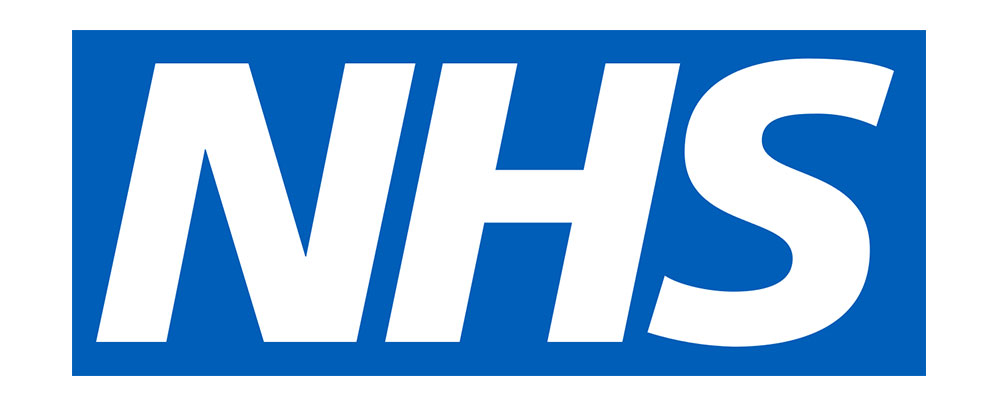It is generally accepted that up to 95% of new products across all categories fail.
Brandspeak is a new product development research consultancy that has helped bring 100’s of new products and services to market.
As a result, we have real understanding of what it takes to succeed in new product development, as well as the conditions most likely to lead to new product failure.
What we’ve observed time and again is that;
- When new products do fail in the market place, that failure has actually been baked-in months previously, at or near the start of the development process.
- Failure is often avoidable – the result of corner-cutting on the part of the those responsible for the new product’s development.
- Failure needn’t be terminal. By identifying the warning signs early enough and adapting accordingly, significant amounts of time and money can be saved – enough to regroup and refocus the project.
What we’ve also learned is that the key to avoiding baked-in failure, maximising new product development successes and minimising failures is timely and appropriate market research.
In this 5-minute article, we explore the different types of new product development and why market research is essential for all of them.
New product types
There are actually 4 main types of ‘new’ product development project, reflecting;
- Improvements to an established product or
- Line extension, or
- ‘Me too’ development or
- Genuine innovation
Of those four different types, only the last one can be considered genuinely new – or revolutionary. The others are all evolutionary, based on product or service ideas that already exist.
Evolutionary products and services actually account for over 95% of all new product development and are typically less challenging, costly and time-consuming to bring to market.
Truly revolutionary products, on the other hand, account for less than 5%.
Evolutionary product development failure
Notwithstanding the above, evolutionary products tend to have failure rates that are similar to – or even greater than – revolutionary ones.
This is because, in our experience, new product development project types 1-3 (as outlined above) are often approached with a degree of over-confidence, simply because they are each based on an already-existing and successful product or service.
As a result, it is felt there is no need to research the concept and its appeal, as the overall risk is much smaller and any improvements to the existing concept can only enhance appeal.
What happens in reality, however, is that without research, the project team often loses sight of what made the original product successful in the first place. As a result, key features and benefits end up being watered down, or engineered them out of existence completely, as the team’s own agenda is pursued at the expense of the consumer’s.
Revolutionary product development failure
Truly revolutionary products tend to be far fewer in number and cost considerably more to bring to market. From our own experience, digital or technology-focussed projects account for the majority of revolutionary product development.
The issue we encounter here most often is that whilst it is the B2C or B2B consumer who will be the new product’s ultimate target, the developers are often more technically-minded – sometimes to the extent that during product development they actually think relatively little about the end-user.
In this instance, market research needs to challenge the developers’ thinking and introduce the end-user’s perspective, before serious amounts of time and money have been spent.
Often, however, it is only in the latter stages of development that research is commissioned – and then only to confirm decisions already made, rather than challenge them.
The 2 critical stages of new product development research
Whether your proposed new product is evolutionary or revolutionary in nature, there are 2 stages of the development process where market research will enable you to avoid the costly and unnecessary mistakes that lead to new product failure.
New product development best practice approach
Both are outlined below;
- The Ideation stage
The Ideation stage is crucial, because it often defines the strategic parameters for the remainder of the project.
That is why, rather than putting all their eggs in one basket, many organisations prefer to generate several new product ideas at the project’s outset, before identifying the strongest candidates for onward development.
The process of idea generation and prioritisation is often undertaken internally, by members of the marketing / development team.
The problem with this approach is that it tends to be prescriptive and lacks the objectivity and creativity that an external moderator would provide. It can also fail to identify the important opportunities and challenges that members of the target audience would surface – via focus groups or co-creation sessions which mix members of the development team and public together.
The result of an internalised Ideation stage is that the idea(s) that is selected for onward development is the one that the business feels most comfortable with, but not necessarily the one with the greatest potential.
Remember at the outset of this article it said that failure is often baked-in near the start of the project? Well, the Ideation stage is the point at which that happens.
2. The Concept Development stage
By this point, the shortlisted ideas have been turned in to three-dimensional concepts, each with new levels of detail that need to be reviewed and optimised, before a final decision can be made about which (if any) concept(s) will be taken forward for production and launch.
Again, this stage is often conducted internally, for the reasons outlined.
However, we regard both qualitative and quantitative research as essential here, to provide the range of insights necessary to make the appropriate Stop / Go decision(s).
Qualitative research at this point ensures the proposition underlying each selected concept;
- Is as compelling and relevant as it can be, with a suite of features and benefits to match
- Resonates socially and culturally
- Reflects and addresses real target audience need and behaviour, at both rational and emotional levels
- Identifies itself easily with core usage occasions
- ‘Fits’ with any parent brand
Quantitative research can also clarify a range of other details that are essential for a final top / Go decision and for marketing planning, including;
- The demographic definition of the target audience
- Likely levels of product demand
- Key usage drivers and occasions
- The most motivating hierarchy of communications messages
- Retail / wholesale price points and price elasticity
Not just any research…the right research
The rush to quant
Almost as bad as conducting little or no research at either of these stages is conducting the wrong research.
By far the most common example of this is organisations wishing to quantify the potential of their new idea before consumers have even had a chance to kick the tyres in early stage, qualitative research.
By moving to quant too early, assumptions end up becoming ‘facts’ and the trajectory of the remainder of the project becomes set. In such cases, opportunities to challenge, tighten and refine the proposition have been missed and this can mean the difference between success and failure.
Final thoughts
When important corners are cut in the new product development process it is usually down to a lack of resources and / or the (over-) confidence of the development team.
If budget is the issue and it won’t stretch to qualitative research we recommend;
- Hiring an external new product development specialist to act as the voice of the consumer in workshops designed to challenge, refine and augment existing ideas / concepts. The outputs won’t end up being as insightful as the real thing, but they should help expose many of the bigger issues that qual would have identified
- Asking your research agency to be creative in finding ways to research your concept / proposition as cost-effectively as possible. This may include running Friends and Family focus groups which provide considerable savings on recruitment and incentives. Also, running much shorter, high intensity focus groups that cut to chase quickly. These can save money in terms of incentive payments, analysis and reporting
- Repurposing existing research – either your own or work that is in the public domain.
You can read about the individual stages of the best practice, new product development process in our article; The New Product Development Process – a Best Practice Guide
Brandspeak research has helped many companies in many different markets gain valuable insights prior to successful product launches. If you would like us to do the same for you, please call Brandspeak on 0203 858 0052 or contact us at enquiries@brandspeak.co.uk















